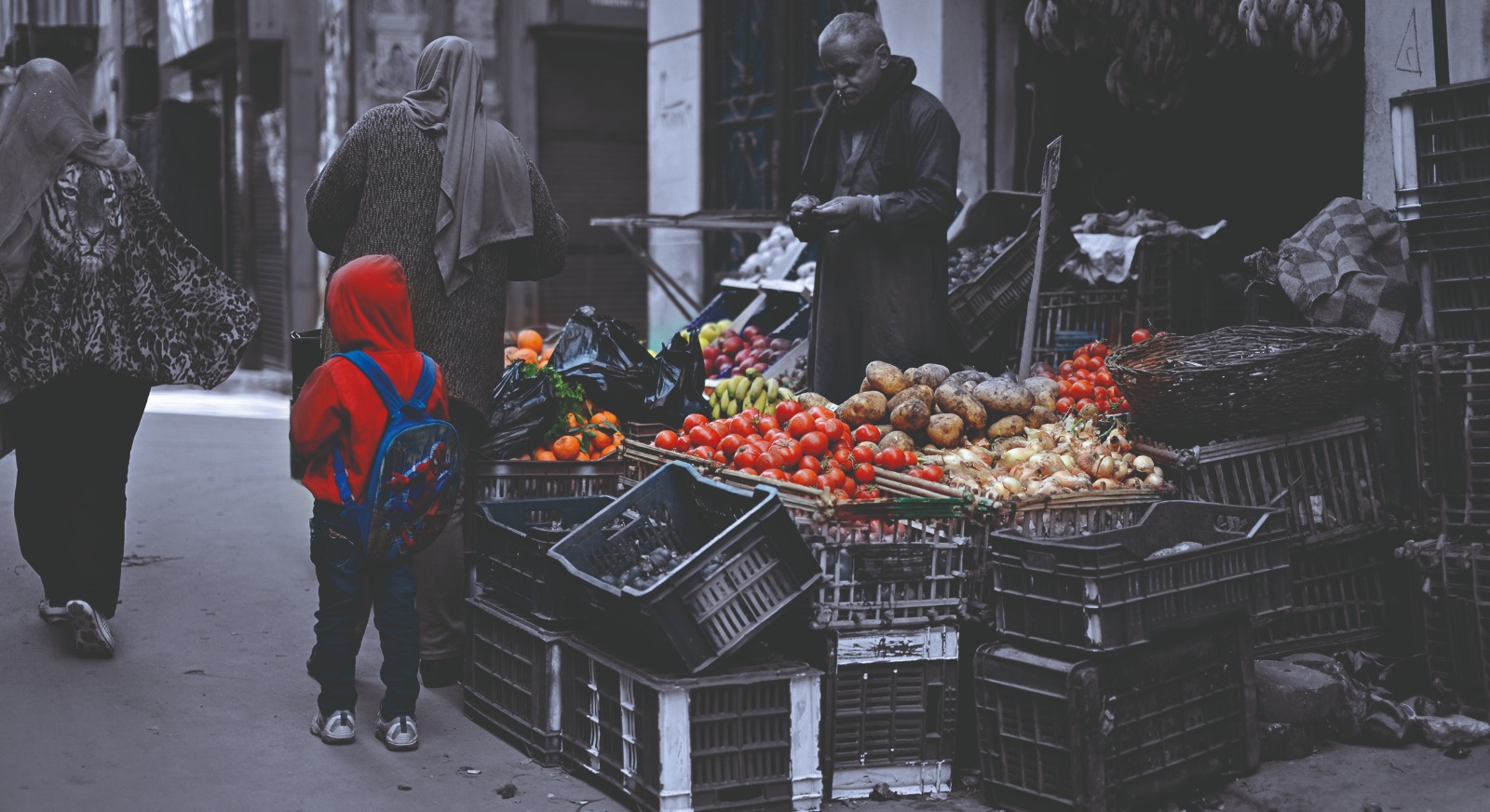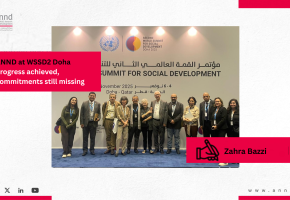
Social Protection in Egypt: A Diminished Right

At times of economic transitions of an austerity nature, such as structural adjustment programs, social protection programs become more crucial. They are the wall protecting the groups more likely to be harmed by such measures. In late 2016, Egypt adopted an austerity package dictated by the IMF. It led to severe social consequences affecting large sectors of Egyptian society, most notably the rise in poverty rates. Research on income, expenditure, and conducted by CAPMAS every two years shows an increase in poverty rates from 27.8% in 2015 to 32.5% in 2017/2018, followed by a slight decrease in 2019-2020 to 29.7%. Thus, more than a third of the population is considered poor (CAPMAS, 2020).
Multiple social protection programs lacking efficiency and effectiveness:
Three types of social protection programs exist in Egypt: 1) programs that are not based on beneficiary contributions, such as social safety nets (Takaful and Karama pension, social security, and others), 2) social protection programs based on beneficiary contributions, such as social and health insurance, and 3) active labor market programs. The latter mediate between social safety and social and health insurance by providing job opportunities for the poorest and unemployed groups, to empower them and decrease reliance on social safety nets.
Rising poverty rates show that existing social protection programs failed to cope with the harms suffered by the most vulnerable in society. The reasons are many and include insufficient coverage, inaccurate targeting, the nature of the labor market, and inefficient/ineffective spending.
Based on the analytical statement on the draft state budget for the fiscal year 2019-2020, total spending on social protection programs reached 327.699 billion Egyptian Pounds, compared to EGP198.5 in 2014-2015, indicating a boom in spending (Ministry of Finance, Citizen Edition 2019- 2020). However, the difference between real and monetary growth raises a problem that needs discussion. Why are poverty rates so high despite the increase in spending on social protection programs? Is it because of inefficiency, targeting, or fragmentation in social protection programs that reduce resource allocation efficiency and weakens effectiveness? In reality, all of the above are true.
Takaful wa Karama, a conditional cash transfer program, covered nearly 1,990,000 beneficiaries in 2019. Added to other social safety nets (such as social security) beneficiaries, the total reaches 3.6 million households, or about 15 million citizens, less than half of the poor in Egypt. The program's design was inspired by Latin American experiences which applied a conditionality that could lead to building and developing human capital, specifically in health, education, nutrition, and by ensuring that children will attend school and receive health services along with their mothers. However, the planned conditionality had not yet been applied, due to the poor quality of required basic services, health and education.
The social security (social insurance) system, on the other hand, has limited coverage due to the size of the informal sector and limited decent job opportunities. It covered merely 32% of the employed in 2018. The informal economy in Egypt, whether individuals or projects, employs 50% of non-agricultural workers and 63% of total workers in all sectors, including agriculture. The informal economy's contribution to GDP ranges between 30% to 40%. Furthermore, 90% of micro and small enterprises are in the informal sector, where workers do not enjoy any form of social protection, whether social insurance, health insurance, or paid leave (Abla Abdul Latif 2020).
The situation with health insurance differs slightly. It covered nearly half of the population (55.6 million citizens) in 2018. The rate is high due to the inclusion of school children and infants in the coverage. They constituted half of the mentioned number, compared to only 12 million workers, slightly more than half of the employed, estimated at 22.5 million workers in 2020. On the other hand, out-of-pocket spending reached 62% in 2018 (Egyptian Center for Economic Studies 2020). The wider coverage did not limit private spending on health and point to the deterioration of service quality. One study indicated that no less than 80% of households have at least one individual who enjoys health coverage from public health insurance. Yet, only 25% of those families enjoy the system's benefits due to poor services and rampant bureaucracy (ESCWA 2019).
Active labor market programs are crucial in enabling the poor to engage in the labor market and depend on themselves, guaranteeing them an adequate income and gradually reducing their dependence on social safety nets before joining the social insurance systems. Active labor market programs in Egypt vary. They include labor-intensive projects such as public works, training, and small and micro enterprises. However, most job opportunities they provide cannot be considered decent or sustainable. They are not protected through social and health insurance coverage. As job opportunities, they do not differ much in quality from the informal sector.
In conclusion, Egypt's many social protection programs suffer from fragmentation and absence of a common vision regardless of contribution base. The vision should aim to create an integrated social protection system, capable of lifting sectors of the population from social safety nets that can hardly keep the poor alive. Other work-based protection systems are more capable of empowering people, lifting them out of poverty, and directing them towards financially sustainable. The system's fragmentation leads to more inefficiency and ineffectiveness, reflected in increasing poverty rates and groups deprived of coverage, despite increased spending.
Dr. Howaida Roman
Professor of Political Sciences, National Centre for Sociological Research
Recent publications

The Belém Political Package: Institutional Progress or an Illusion Masking Climate Regression? - Rami Abi Ammar
